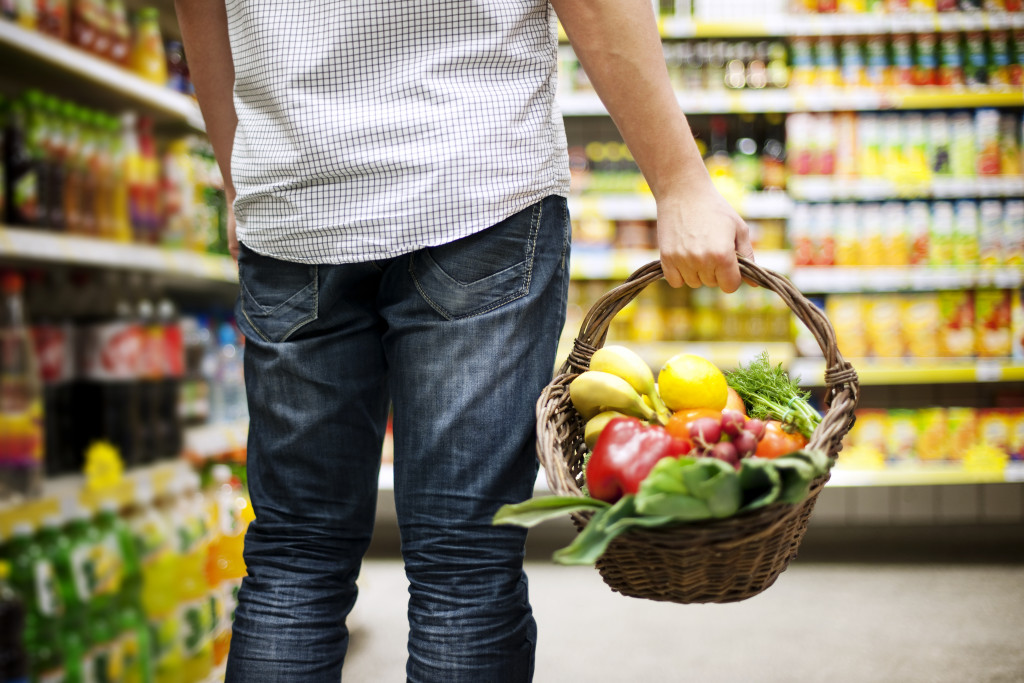Food and beverage companies are facing the challenge of maintaining high-quality products and a clean, safe environment for their employees. Injection molding is one of many manufacturing processes that can help food and beverage manufacturers achieve these goals by enabling them to produce parts quickly, precisely, securely, economically, and flexibly.
What is Plastic Injection Molding
Plastic injection molding is a manufacturing process that uses heated plastic pellets or other raw materials to create an object. Plastic can be molded into almost any shape and form, making it one of the most versatile manufacturing processes available today.
The process has been around for about 150 years and has grown in popularity with new plastics. Automotive, electronics, aerospace now use them to manufacture goods like dashboards, cell phones, and even prosthetic limbs.
Over the last century, injection molding has also become a popular method for producing parts in the food and beverage industry. Here are some ways companies can use plastic injection molding to create products that are safe, efficient, and cost-effective:
Bottles for milk, juice, oil, or other liquid food products. Manufacturers often use injection molding to manufacture food-grade plastic containers that are lightweight, shatterproof, and safety sealed.
Plastic caps for food jars. Similar to bottles, plastic lids can be both durable and safe while also being lightweight. They come in a variety of shapes and sizes to accommodate different types of jars.
Advantages of Plastic Injection Molding in the Food Industry
Plastic injection molding is a process that saves food and beverage producers time, money, and resources. With plastic injection molding, manufacturers can create more durable products than traditional materials such as glass or metal by adding rigidity to them. The product will not break when dropped on the ground or after pressure is applied.
Plastic injection moldings also offer other advantages such as being lightweight, so they don’t add significant weight to the finished product, and easy production for large quantities of goods with lower labor costs and faster production rates (versus hand assembly).
Precision and Accuracy
One of the most significant benefits of using plastic injection molding in the food & beverages industry is manufacturing precise, accurate parts. Molders can create pieces within very tight tolerances, reducing the amount of wasted material and labor time spent on creating additional iterations. It also helps companies avoid having to re-tool the mold, which can save both time and money.
Plastic injection molding can create precise, accurate parts because it allows manufacturers to craft and edit the design of their product before committing to a final one. It means that plastic injection molders can test designs for fit, form, function, and appearance before choosing the best one. It allows manufacturers to account for minor discrepancies, such as variations in temperature and pressure when creating the mold.
Material Properties
Plastic injection molded parts manufacturers must consider three material properties: rigidity, toughness, and heat resistance. Each property has a different effect on the final product and its ability to function within certain environmental conditions (exposure to extreme temperatures or humid environments).
Plastic is a versatile material formulated to offer strength, elasticity, and durability in different applications. For example, when injection molding bottles for liquids such as milk, manufacturers use a smooth plastic that is more durable and safe than other materials. As another example, injection molded parts in the
Things You Should Know Before Getting Started With Plastic Injection Molding
There are a lot of things to consider before you get started with plastic injection molding. What kind of plastics do you want to use? You’ll need to find suitable materials for your project because different plastics have different properties and require other production techniques. What size will your product be? The size can affect both the cost and complexity of producing it. How many parts does your product have? The number of factors dictates how much time is required in production, which in turn affects cost.
You must take these factors into account when deciding what method would work best for you.
How to Get Started
If you want to get started with plastic injection molding in the food & beverages industry, this post is for you. Plastic injection molding has become more common than ever before due to its speed and efficiency. It’s an excellent process for creating small batches of products consistently or larger sets as needed. To use it effectively, however, some steps need to be taken first. Read on for more information about how you can get started today.







